It’s (Nov.) the last month of the Atlantic hurricane season! And low & behold two hurricanes - “Lisa” & “Martin” - formed on the 2nd. According to Dr. Phil Klotzbach, it’s only the third time in recorded history that there have two hurricanes at the same time somewhere over the Atlantic Basin. Neither will impact the Lower 48 of the U.S. But we will be keeping a close eye on potential tropical or subtropical development over the SW Atlantic through the second week of Nov. Always more - “Talking the Tropics With Mike”.
So we turn the calendar to Nov. Jacksonville averages:
The start of our dry season - Oct. - May - was very dry - nearly 2.5″ below avg. w/ temps. nearly 3 degrees below avg. . Oct. by the numbers:
There will be a full lunar eclipse (eclipse of the moon) Tue., Nov. 8th. For Jacksonville/NE Fl. & SE Ga., totality will occur just before sunrise from 5:16am to 6:42am. More from “Sky & Telescope” * here *. A lunar eclipse occurs when the earth is in-between the sun & moon in such a fashion as to shade (eclipse) the moon. While not as spectacular as a solar eclipse, it’s still pretty cool. And those waiting for more of a “wow”, an annular solar eclipse will be Oct. 8 next year!
From Sky & Telescope - the night skies through early Dec.:
Nov. 4 (evening): The waxing gibbous Moon is about 3° to the lower left of Jupiter.
Nov. 6 (morning): Daylight-saving time ends at 2 a.m. locally for most of the U.S. and Canada.
Nov. 8 (morning): Total lunar eclipse, centered at 5:59 a.m. EST. (Modify time according to your time zone.) Those in the Far West and Rockies can witness the entire event, but totality ends at or just after sunrise along the East Coast.
Nov. 9 (morning): Look to the west to see the Moon, one day past full, around 3° from the Pleiades. (Use binoculars.)
Nov. 11 (morning): The waning gibbous Moon is less than 2½° from Mars between the horns of Taurus, the Bull.
Nov. 12 (evening): Mars rises in the east-northeast bracketed by the Bull’s “horn tips.” The Moon follows the trio a bit more than an hour later.
Nov. 13 (evening): The Moon, Castor, and Pollux form a line above the east-northeastern horizon.
Nov. 17 (morning): High in the southeast, the Moon, one day past last quarter, sits some 6° left of Regulus in Leo.
Nov. 18 (morning): The Leonid meteor shower peaks. The waning crescent Moon rises about two hours after the radiant and may hamper viewing somewhat.
Nov. 21 (morning): The thin waning crescent rises in the east-southeast, trailing bright Spica by a bit more than 4°.
Nov. 28 (evening): Low above the southwestern horizon the waxing crescent Moon is around 6° below Saturn.
Dec. 1 (evening): Look southward in early evening to see the waxing gibbous Moon hanging 2½° below Jupiter.
Dec. 6 (evening): The Moon, one day shy of full, sits between the Hyades and the Pleiades.
Dec. 7 (evening): The full Moon occults (briefly covers) Mars for much of North America.
Moon Phases
First Quarter Nov. 1 2:37 a.m. EDT
Full Moon Nov. 8 6:02 a.m. EST (Beaver Moon; total lunar eclipse)
Last Quarter Nov. 16 8:27 a.m. EST
New Moon Nov. 23 5:57 p.m. EST
November is Manatee Awareness Month:
MAITLAND, FL—November is Manatee Awareness Month, an annual opportunity to celebrate Florida’s state marine mammal and raise awareness of the ongoing threats to manatees and their aquatic habitat. Manatee Awareness Month was first declared in 1979 by former Florida Governor and Save the Manatee Club® (SMC) co-founder Bob Graham.
November is the perfect month to celebrate manatees, as it is the month in which these semi-migratory aquatic mammals usually begin returning to Florida’s warm water springs and refuges. Despite their size, manatees have slower metabolisms and less fat layers than other marine mammals so they cannot survive prolonged exposure to cold water temperatures. Once the water temperature dips below 68ºF, they need to aggregate at warm water sources such as Florida’s natural springs or power plant effluents.
“As manatees move to warmer waters in Florida, it is imperative that everyone who enjoys Florida’s waterways does their part to look out for manatees,” said Patrick Rose, aquatic biologist and executive director of Save the Manatee Club. “Collisions with watercraft, harassment by humans, cold stress, and starvation as a result of the ongoing seagrass loss in the Indian River Lagoon are all known threats to the manatee population. Members of the public can play a direct and critical role in protecting manatees by being aware of their presence in the water, learning how to recognize if something is wrong, and knowing how to report problems to the Fish and Wildlife Commission at 888 404-FWCC (3922).”
Throughout Manatee Awareness Month, Save the Manatee Club will be sharing manatee facts, videos, quizzes, and opportunities to take action on its website at savethemanatee.org/MAM. SMC will also host a free webinar “Research at Blue Spring” on November 15 at 6:00pm EST to share how researchers identify and count manatees at Blue Spring State Park in Orange City, FL, and why Blue Spring is such an important manatee refuge and sanctuary.
SMC also offers free materials for boaters, paddlers, and waterfront property owners to help promote manatee safety including aluminum “Slow Please” signs, a waterproof decal with information on how to report a manatee in distress, and a “Manatees Below” banner. Supporters can view available resources and learn how to request them at savethemanatee.org/resources.
Any manatee that may be sick, injured, entangled, or orphaned, or a manatee that is being harassed or is fitted with a tracking device should be immediately reported to the Florida Fish and Wildlife Conservation Commission (FWC) by calling 1-888-404-3922 or by texting “FWC” followed by any relevant details to 847411.

©2022 Cox Media Group
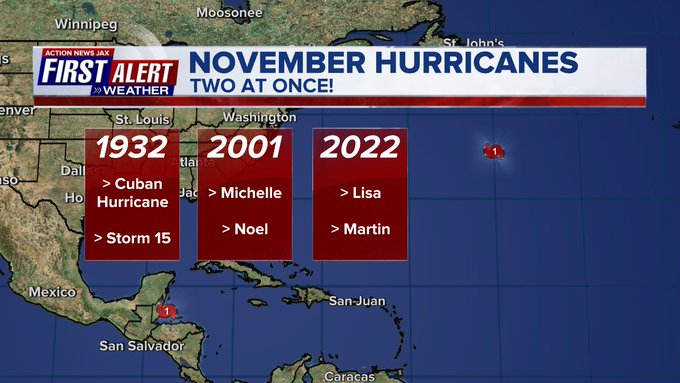
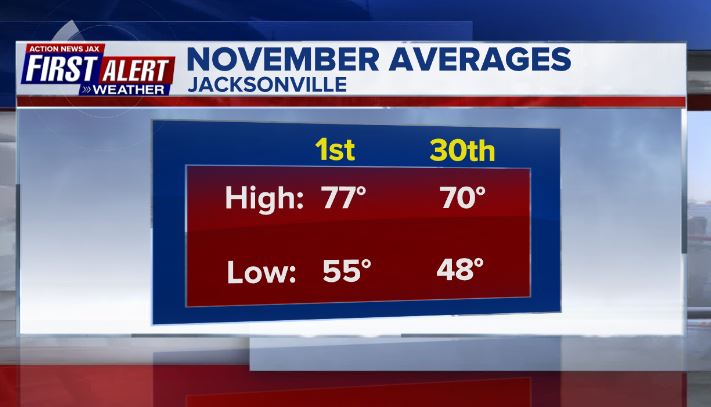
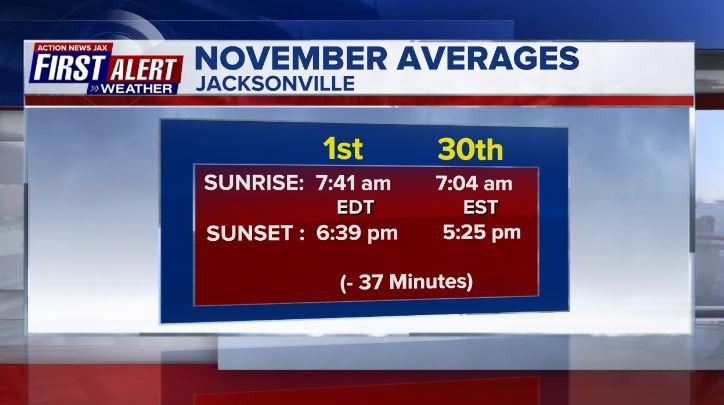
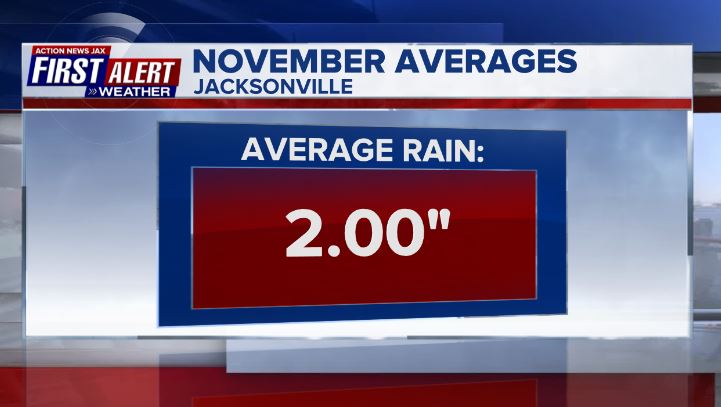
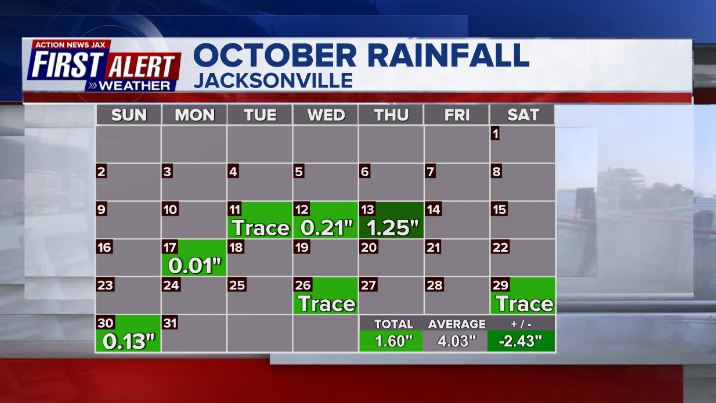
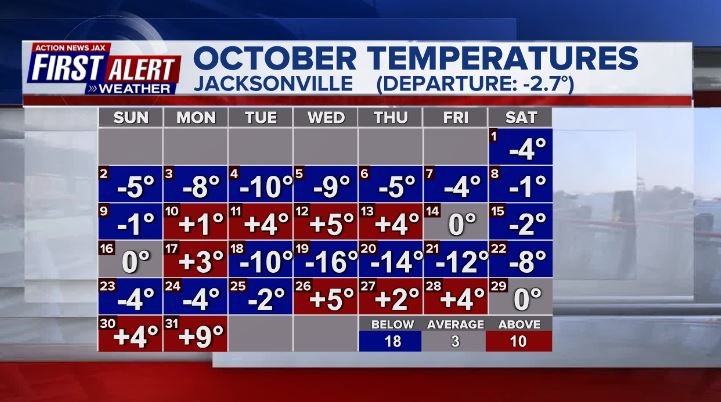
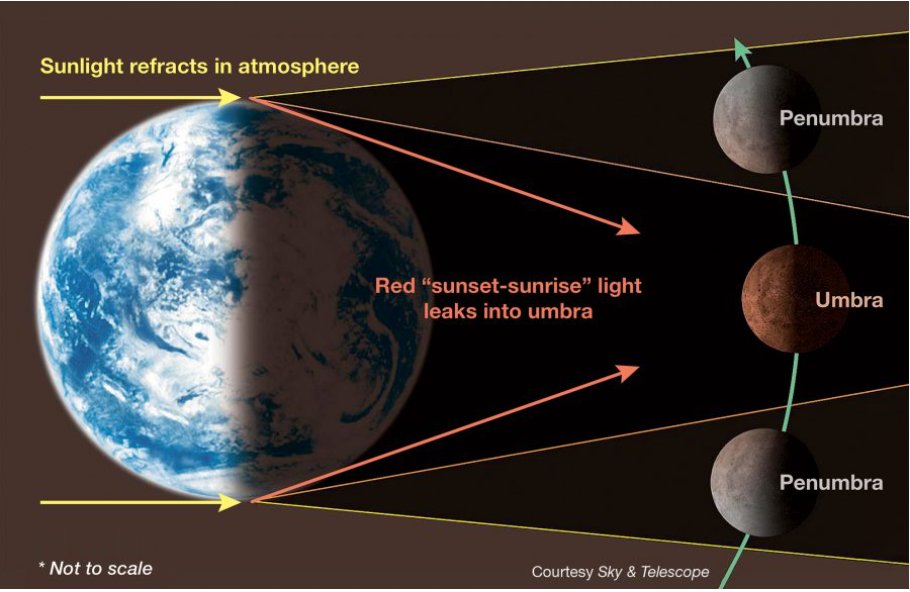
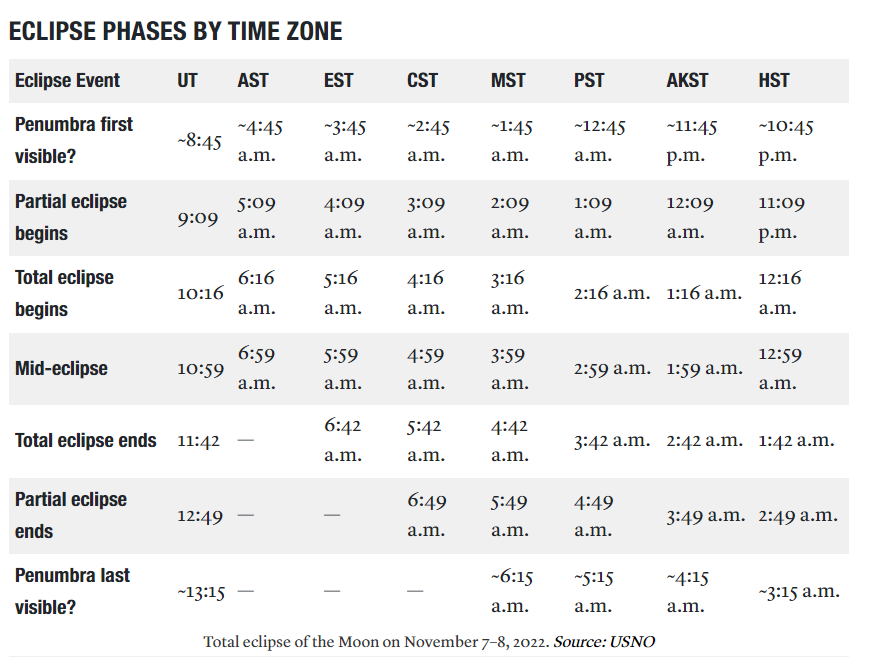
:quality(70)/cloudfront-us-east-1.images.arcpublishing.com/cmg/DV3D5PBQIZFEPANBGDDAZHIA5I.jpg)
:quality(70)/cloudfront-us-east-1.images.arcpublishing.com/cmg/NZS3DHFYIBFCNMPEVK5ZZLQ6XE.jpg)
:quality(70)/cloudfront-us-east-1.images.arcpublishing.com/cmg/N7YMXJTJYJEFBCXSUI6KPLO7OM.png)
:quality(70)/cloudfront-us-east-1.images.arcpublishing.com/cmg/V5TWF6CJAZFXBLDTZXOE47OMN4.jpg)
:quality(70)/cloudfront-us-east-1.images.arcpublishing.com/cmg/YZRADLE76ZHWFLUIEFUTQ4EVR4.jpg)